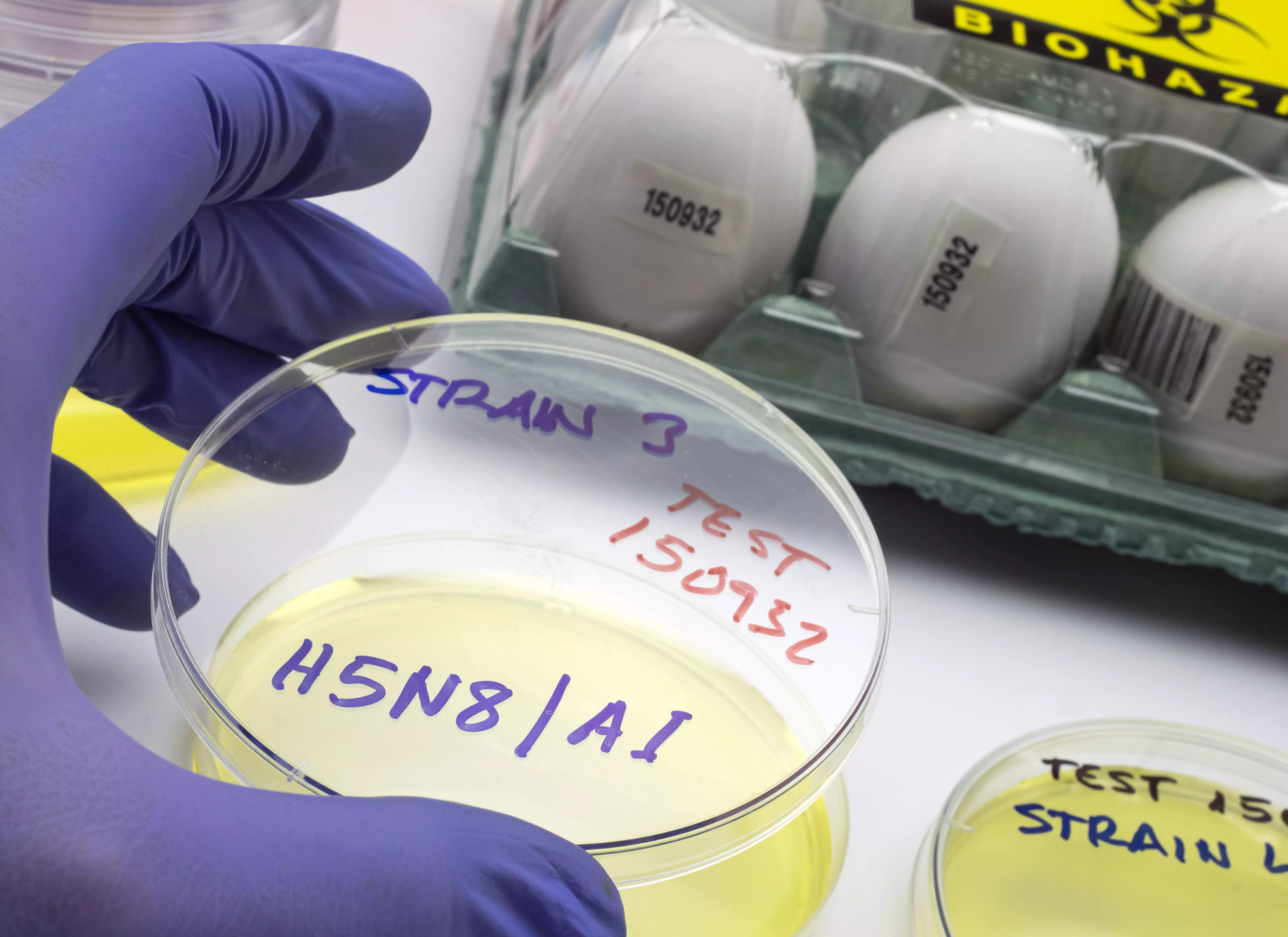Avian influenza and diagnostic and treatment technologies
Introduction
Avian influenza is one of the most serious threats to livestock and humans worldwide. This disease, caused by influenza A viruses, can lead to serious consequences for the economy, public health and the environment. That is why it is so important to develop and use modern diagnostic and treatment technologies to help control this disease.
Diagnosis and identification of the pathogen
To effectively combat avian influenza, it is necessary to quickly and accurately diagnose and identify the virus. For this purpose, modern diagnostic technologies are used, such as the PCR (Polymerase Chain Reaction) technique. This method makes it possible to detect the genetic material of the virus in samples taken from sick animals.
It is also very important to use special immunological tests that allow rapid detection of the avian influenza virus in samples taken from animals. These tests are based on the antigen-antibody reaction, which allows for shorter testing times and immediate identification of the pathogen.
Treatment of avian influenza
Treatment of avian influenza in farm animals is difficult and complicated. However, thanks to modern treatment technologies, there is a growing opportunity to effectively control the disease. One of the most important tools in the fight against bird flu is vaccines. These vaccines contain a weak, killed or altered virus, which causes an immune response in the body. This prepares the body to fight the virus if it becomes infected.
Proper nutrition and dietary supplementation is also an important part of treating avian influenza in livestock. Products containing nutrients such as vitamins, minerals, amino acids and enzymes can support the animals' immune systems and help them fight the disease.
The use of special antiviral drugs is also necessary when infected with avian flu. These pharmaceuticals act on the virus, inhibiting its development and replication. They also affect the body's immune system, strengthening it and enabling it to fight the disease more effectively.
Application of new technologies in the fight against avian influenza
With the development of technology, new methods of diagnosing and treating bird flu have emerged. One of them is the technology developed by researchers at XYZ University. This innovative technique is based on analyzing the shell of the bird flu virus and identifying specific genetic sequences that are specific only to the virus.
Another novelty is the introduction of nanotechnology to combat bird flu. Nanoparticles, which target the virus, can be used for both diagnostic and therapeutic purposes. They make it possible to precisely localize the virus in the body and destroy it with special antiviral components.
Another interesting solution is the use of artificial intelligence in the fight against bird flu. Machine learning algorithms are able to analyze large amounts of data on the disease and suggest the best methods of diagnosis and treatment based on the information gathered. This makes it possible to fight bird flu faster and more accurately.
Summary
Avian influenza poses a serious threat to animal husbandry and public health. However, thanks to modern diagnostic and treatment technologies, there is a growing opportunity to effectively control and prevent the disease. The introduction of diagnostic techniques, such as PCR, and immunoassays has significantly reduced the time needed to diagnose avian influenza. The development of vaccines, antiviral drugs and modern technologies such as nanotechnology and artificial intelligence are making it possible to effectively treat and prevent this serious disease.